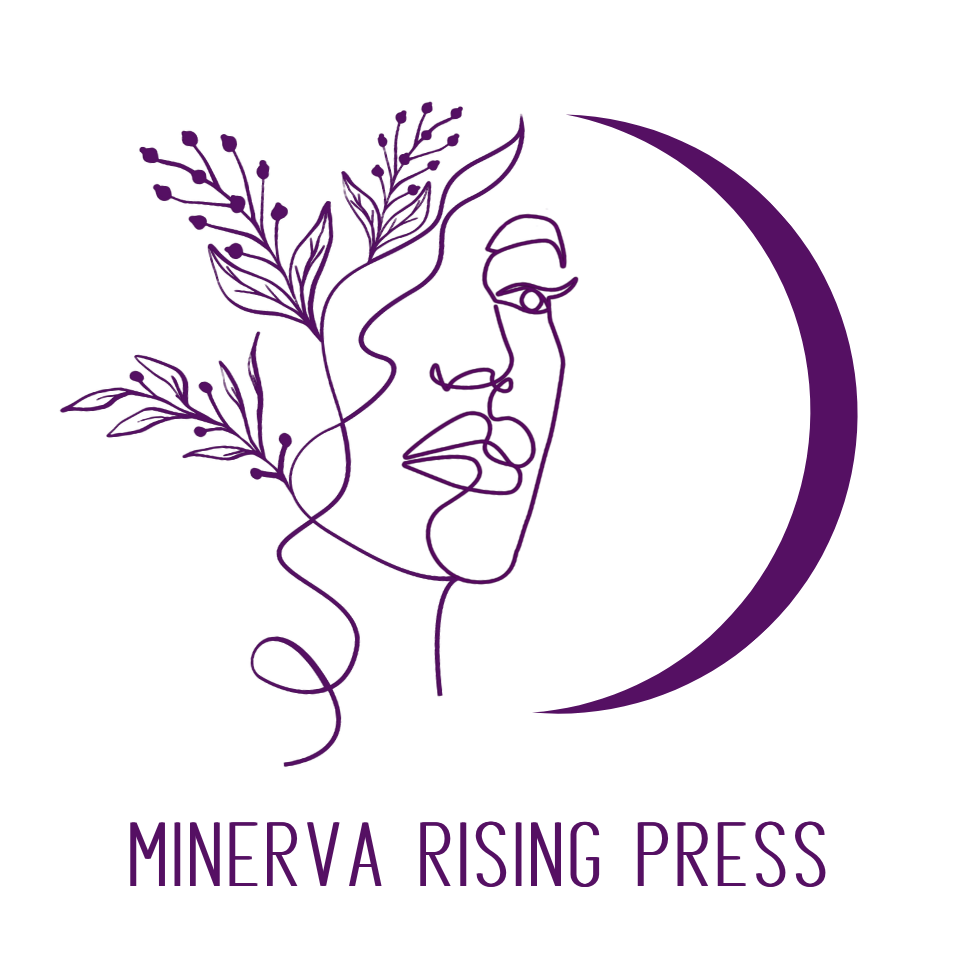ISSUE 11: Sisterhood
Sisterhood is global and it is personal and it is political. If social media images of Syrian women fleeing war, of Afghanistanian women shot while pursuing their right to an education, of African- American women watching their men die in the front seat of their cars doesn’t rock you to your core and offend your sensibilities as a woman, you need to check your pulse. As women, we owe it to our sisters around the world to sit up and go to bat. As mothers, daughters, friends, lovers, sisters, we stand together. In the words of the great Maya Angelou, a poet we like to quote frequently here at Minerva Rising, “We are more alike, my friends, than we are unalike.”
Within these pages, you will nd evidence of an indelible, undeniable alikeness that will resonate with you whether you have a biological sister or not.
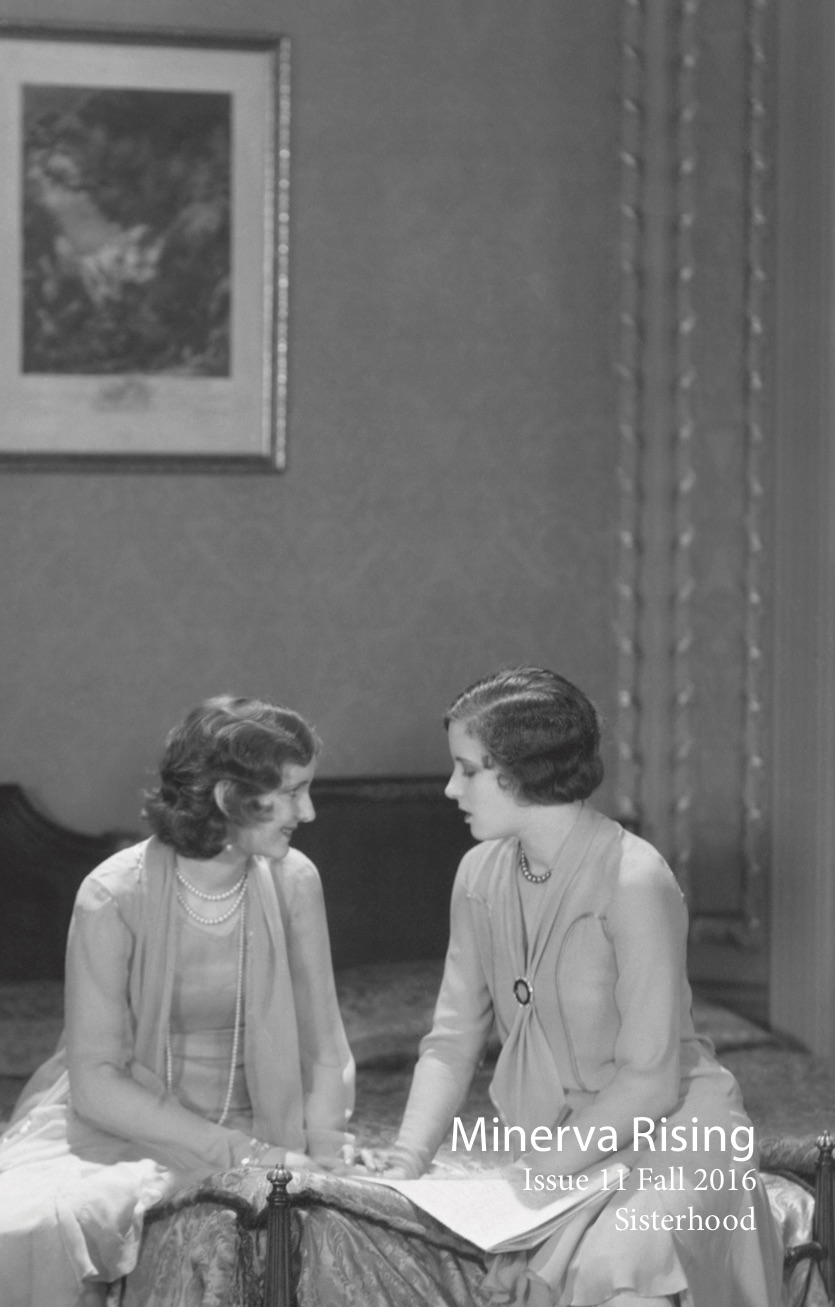
Out of stock
Contributors
We are proud to feature the following amazing contributors in this issue of Minerva Rising. Thank you for being a part of the Minerva community.
Laurie Barton
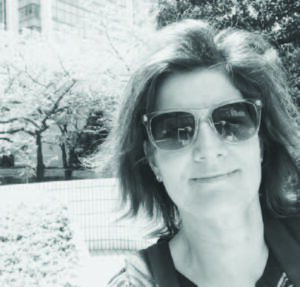 Pang of My Secret
Pang of My Secret
Sisters can have a lot of influence on each other, especially when there is an age difference. Some sisters tell each other everything; others may hesitate because of a possible response that could sway life decisions and bring on change.
Laurie Barton lives in southern California. Her work has appeared in Word Riot, Jabberwock Review, The Missing Slate, and juked. She is a Best of the Net finalist and winner of the New Southerner Literary Prize in Poetry.
David Braud
Untitled
David Braud is a photographer living in Franklin, Tennessee with his wife Sarah and two children Ellie and Atticus. His favorite subjects include Franklin residents, national parks and his dog Oliver.
Chanel Brenner
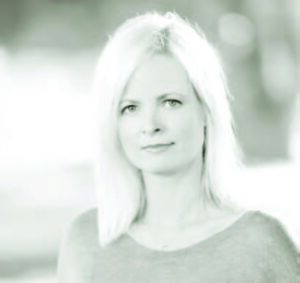 Life Goes Through Us
Life Goes Through Us
Chanel Brenner is the author of Vanilla Milk, (Silver Birch Press, 2014). Her poems have appeared in Poet Lore, Rattle, Muzzle Magazine, and others. Her poem, “July 28th, 2012” won first prize in The Write Place At the Write Time’s contest, judged by Ellen Bass. In 2014, she was nominated for a Best of the Net award and a Pushcart Prize. The piece was inspired by a powerful connection she felt to a neighborhood woman.
Yeshé Dawa
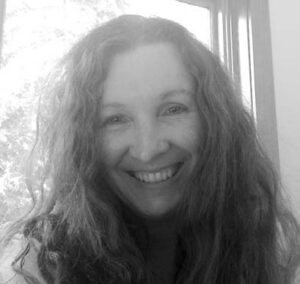 The Vigil
The Vigil
I first learned of sisterhood following my grandmother’s funeral. Everyone fed, my mother, cousin, aunts, great-aunts, and I squeezed around a crusty formica table with pots of coffee, cake, nail polish, and roaring stories. We laughed, cried, gasped, teased, beautified, and sanctified gossip, wisdom, and tall tales alike until even death danced as one of us. Seventeen, heading to college, I felt part of things—the ordinary rituals of women a connective tissue of participation.
Sandra Fry
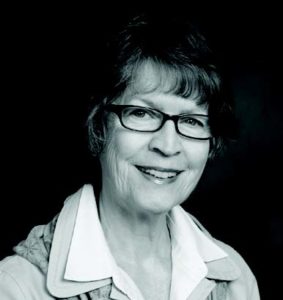 Sisterhood in the 60s
Sisterhood in the 60s
I’m a writer, photographer, traveler, retired computer analyst, and lifetime art student. Many of us have family photos that reflect a century of sisterhood — I’m sharing mine.
Geula Geurts
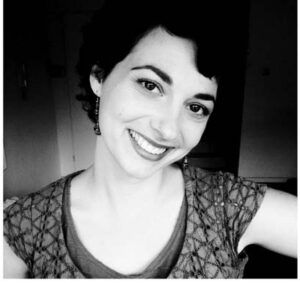 Drawing Water
Drawing Water
In my MFA thesis I am currently exploring female biblical and mythological characters and highlighting parallels between them and the universal bond of sisterhood. How relevant ancient texts still are today, with regards to what it means to be a woman. My poem “Drawing Water” blends the biblical stories of Eve and Rebecca into a cry of praise and also pain that has resonated with women throughout history and is still felt today.
Gail Goepfert
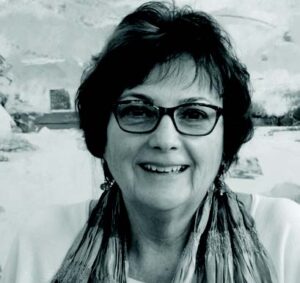 After Learning My Sister Has Breast Cancer and In John Deere Country
After Learning My Sister Has Breast Cancer and In John Deere Country
Gail Goepfert is a poet, amateur photographer, and teacher. Currently, she is an associate editor of RHINO Poetry. Her first chapbook, A Mind on Pain, was released by Finishing Line Press early in 2015. Twice she’s received Pushcart nominations. Publications include Blue Lyra, Crab Orchard and Jet Fuel Reviews, Florida English, Found Poetry Review, Examined Life Journal, and Room Magazine. She lives, writes, and snaps photos in the Chicagoland area. Find out more at gailgoepfert.com.
Mary Hennessy
 Bare Knees
Bare Knees
The theme “Sisterhood” seems almost subversive and therefore compelling to me. The women in my life are food and drink. They are the grid that sustains. The poem is about one of these women.
Jeanne Julian
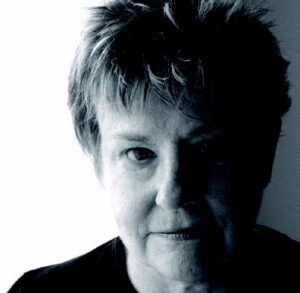 Sisters on the Seawall
Sisters on the Seawall
Jeanne Julian was the featured photographer in moonShine review (summer 2105). Recently her images have appeared in Nature Inspired: Spring 2016; County Lines Literary Journal; and on covers of Kakalak and Hartskill Review. The juried exhibits “Lighthouse Stories and Tales of the Sea” (Staten Island) and “The Bicycle: art meets form” (High Point, NC) also included her work. Her chapbook of poetry, Blossom and Loss, was published by Longleaf Press in 2015.
Kerry Langan
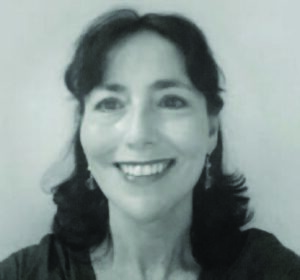 Sisterly
Sisterly
Sisters! Where would we be without them? Biological sisters, spiritual sisters, activist sisters, all have enriched my life. But what if it’s not all, “caring, sharing, every single little thing we’re wearing”? What if the relationship between sisters is broken, if it’s problematic through no fault of either one? When one is suffering from a mental illness, does the essence of the sisterly bond remain intact or does it manifest itself in a different way? These are the questions I contemplated as I wrote the short fiction piece, “Sisterly”.
Catherine Lewis
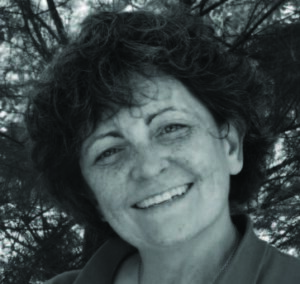 The Scent of Oranges in Winter
The Scent of Oranges in Winter
It’s Marguerite’s sisters who come to her rescue at a time when she finds herself overwhelmed by her life and present situation. Set in the early 1930’s when women had fewer options and opportunities available, the one thing women like Marguerite can depend upon is sisters.
Pattie Palmer-Baker
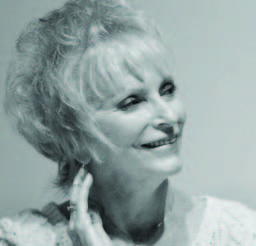 My Sister and I Talk about the Sinkhole
My Sister and I Talk about the Sinkhole
If it weren’t for my sister, I would not be who I am today. While growing up, we kept each other company, we kept each other safe and through our relationship, we learned what love was and is. To this day, we talk on the phone every night about everything, our mistakes, our sorrows and our joys. Without each other, we would have foundered.
T. Stores
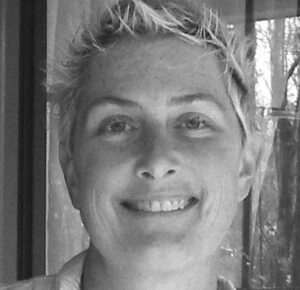 Feminist-Mother, Sister-Wife
Feminist-Mother, Sister-Wife
This is a tribute to an old friend, my ex-husband’s first ex-wife, Abby Goldsmith. She embodied sisterhood, taught me through her life example what it meant to be a feminist. I am the author of three published novels from Naiad/Spinster’s Ink. This essay is excerpted from my memoir in-progress, Strangers in the Village.
Jeanne Sutton
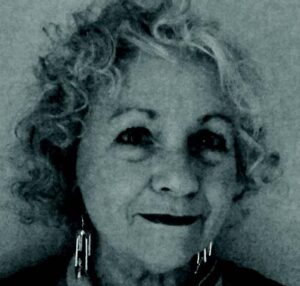 Sister-in-Law Hood
Sister-in-Law Hood
I wasn’t a sister. I had sisterhood sisters, yes; precious friends, yes; no sister, the way both my children had. One daughter is dead now. My sister-in-law isn’t. We haven’t seen each other in years. We speak by phone around a major holiday, sometimes a birthday. She has never gotten past the day in my submission.
Jayne Moore Waldrop
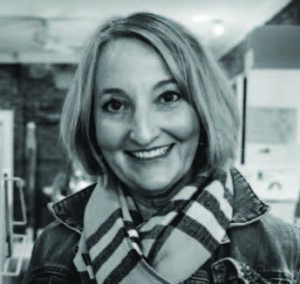 My Mother’s Sister
My Mother’s Sister
Jayne Moore Waldrop is a writer, attorney, and contributing columnist for the Louisville Courier-Journal. Her fiction has appeared or is forthcoming in New Madrid Journal, Kudzu, Luna Station Quarterly, Deep South Magazine, Limestone Journal, and Appalachian Heritage. She received her MFA from Murray State University and lives in Lexington, Kentucky.
With respect to the theme of sisterhood, her story is about two sisters who represent the yin and the yang of motherhood.
Jamie Wendt
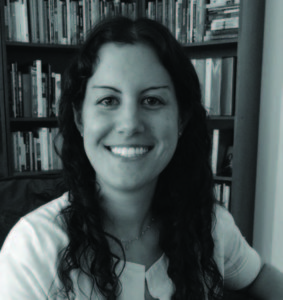 Mikvah Waters
Mikvah Waters
My poem “Mikvah Waters” relates to the theme of Sisterhood within the Jewish tradition. It is about the intimate experience of the narrator’s first time visiting the Mikvah (Jewish ritual bath) before her wedding. She reflects on the women who have come to this Mikvah in the past, while she is also very focused on her own body and the blessings she has to recite in the presence of a female witness. My poems have been published in a variety of literary journals, including Lilith, Green Mountains Review, Raleigh Review, and Saranac Review.
Marianne Werner
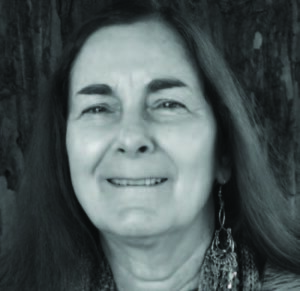 My Red-Haired Sister
My Red-Haired Sister
“Sisterhood” is shared by more than blood family; sisters are friends grown close who will always be there for us. When I met “Sheila,” I recognized a sentience in her eyes, a curiosity, an openness that caused me to see her almost as if she were 100% human being. I sensed that had I been in danger, in her jungle, she would have reached out to me offering a helping hand… as a sister would.
Nancy Wick
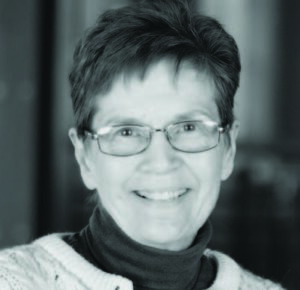 Breaking the Silence
Breaking the Silence
In the 1970s I was a member of a consciousness-raising group that was a very important influence in my life during the height of the second-wave feminist movement, when we were told “sisterhood is powerful.” For me that slogan became real in our CR group as I heard how women in three generations navigated the important situations in their lives. I’ll always be grateful for those women and that experience.
